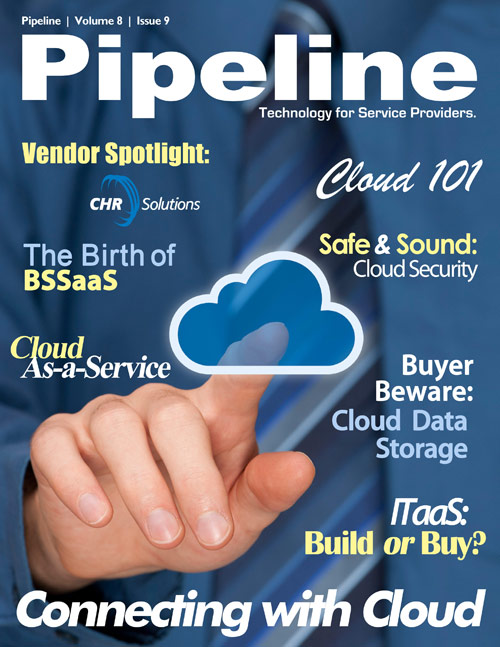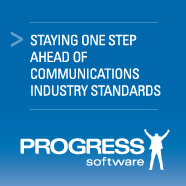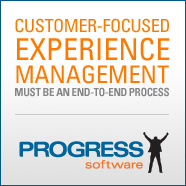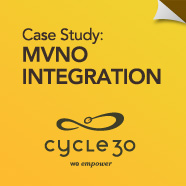By: Jesse Cryderman

Everyone is talking about cloud-delivered services and cloud computing these days. In fact, the term "cloud" has become so popular, that you're just as likely to hear it used by your mother to describe where she keeps her e-books, as you are to hear it used by a meteorologist on the morning weather report. But, as Robert Plant sang in the Led Zeppelin classic "Dazed and Confused," "Lots of people talk and few of them know."
Clouds are nebulous by their very nature, so it's no wonder that extending the term to an abstracted interface component of IT virtualization would prove similarly hard to describe.
A good analogy is varying types of fog, which take on different names depending on the formative constituents. In Michigan, it's plain old fog. Mix in industrial particulate matter, and you get smog, which makes the view of Los Angeles from Griffith Observatory, on most days, quite unsavory. Replace industrial ash with the volcanic type, and you have vog, which floats across the Hawaiian Islands. Whether smog, fog, or vog, all three make driving through mountain passes and general visibility a chore, but they're not exactly the same.

Similarly, not all clouds are equal. That's probably a good thing, however, because "when it comes to the cloud, one size does not fit all," as John Potter, vice president of service solutions with AT&T Business Solutions says.
Cloud is an adjective, which refers to how a service is delivered, consumer or enabled, as well as a concept that abstracts on-site resources out to the internet. Here's a closer look at the essential components of a cloud offering, the service types (XaaS), and the deployment models available in order to provide some visibility into our opaque subject. There are also some innovative applications on the horizon for cloud computing, and how it may evolve in the future.
Cloud is an Adjective
I heard an attendee say that the "cloud is an adjective" while attending a breakout session at the Pacific Telecom Council Conference last month, and it's stuck with me ever since, because it clears a lot of the fog (or vog, or smog, as it were) surrounding the discussion. We can talk about resources, services, access and security, and enablement from a cloud perspective, and though they have essential differences, they all exist on the cloud continuum.
I contacted Director Communications Industry at Oracle Brian Kracik, and he agrees,"The definition of cloud is not binary, but rather a continuum," he explained."And most organizations are gradually evolving toward a cloud model by adopting shared resources (e.g., consolidation), elastic scale-out architectures, greater automation, and self-service capabilities, and improved measurement, monitoring, and billing of services."
It is important to point this out while we attempt to define cloud offerings, because there are several continuums upon which they rest.











